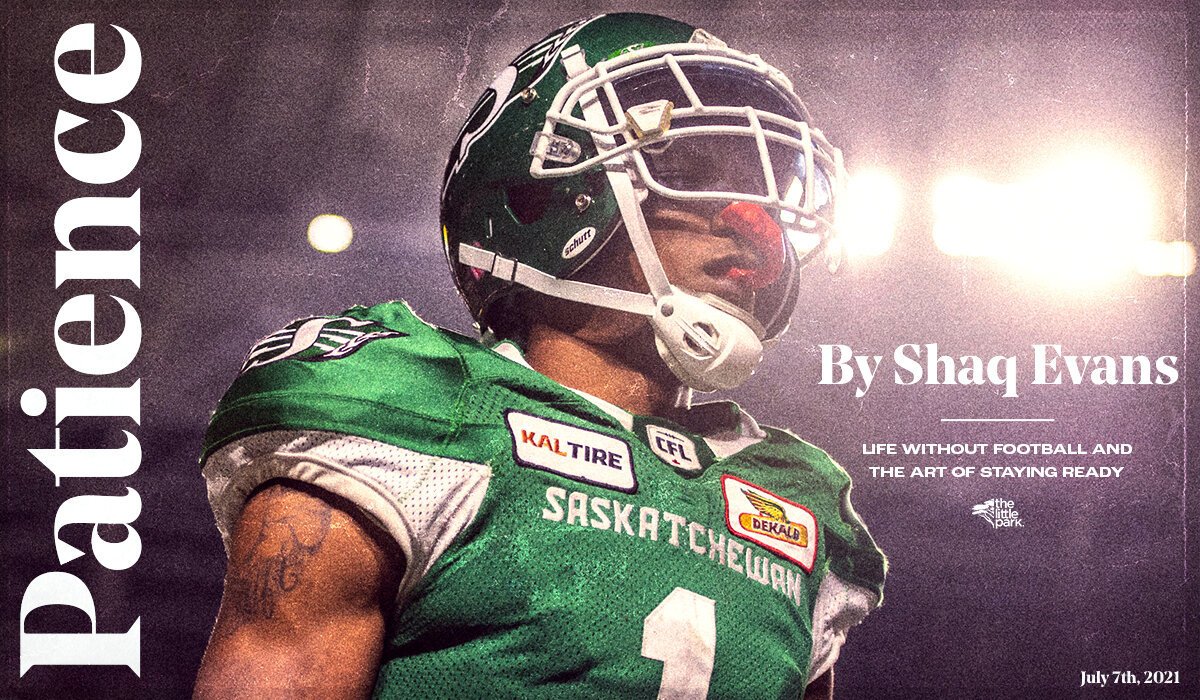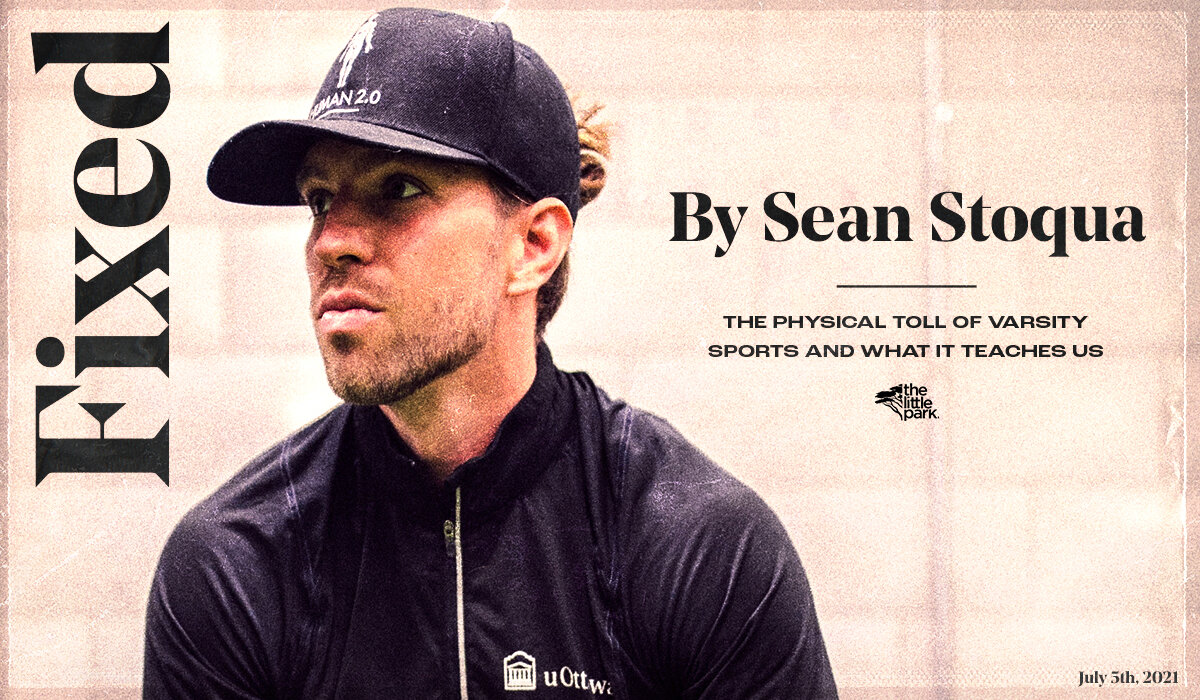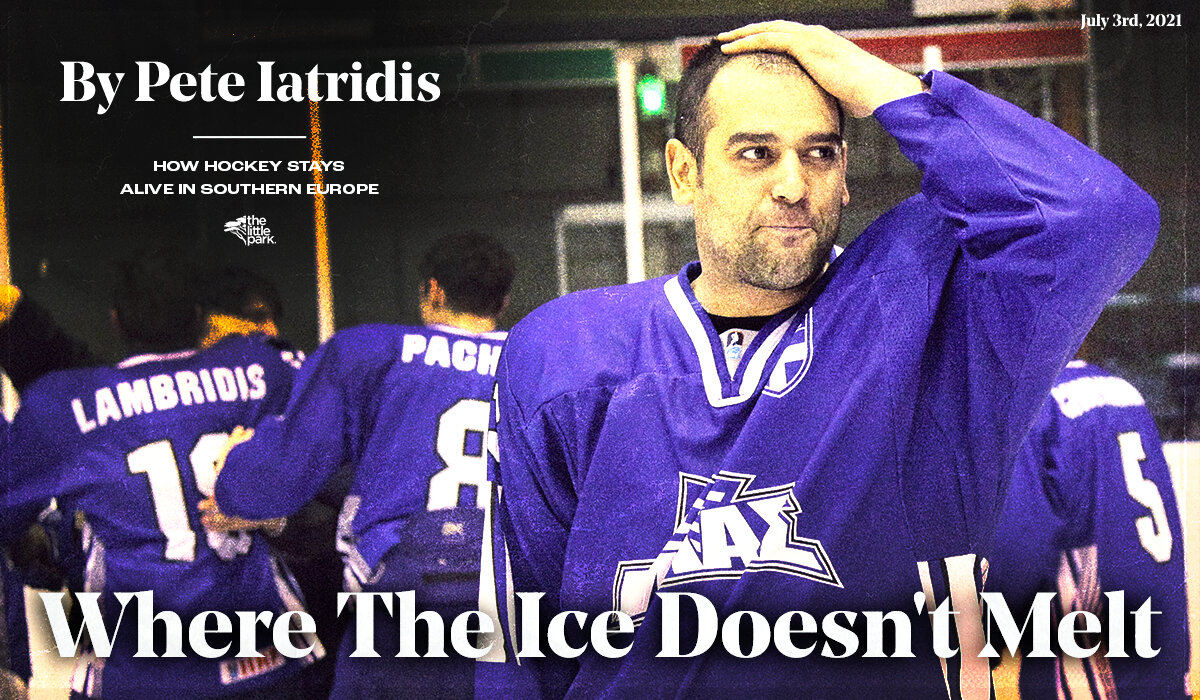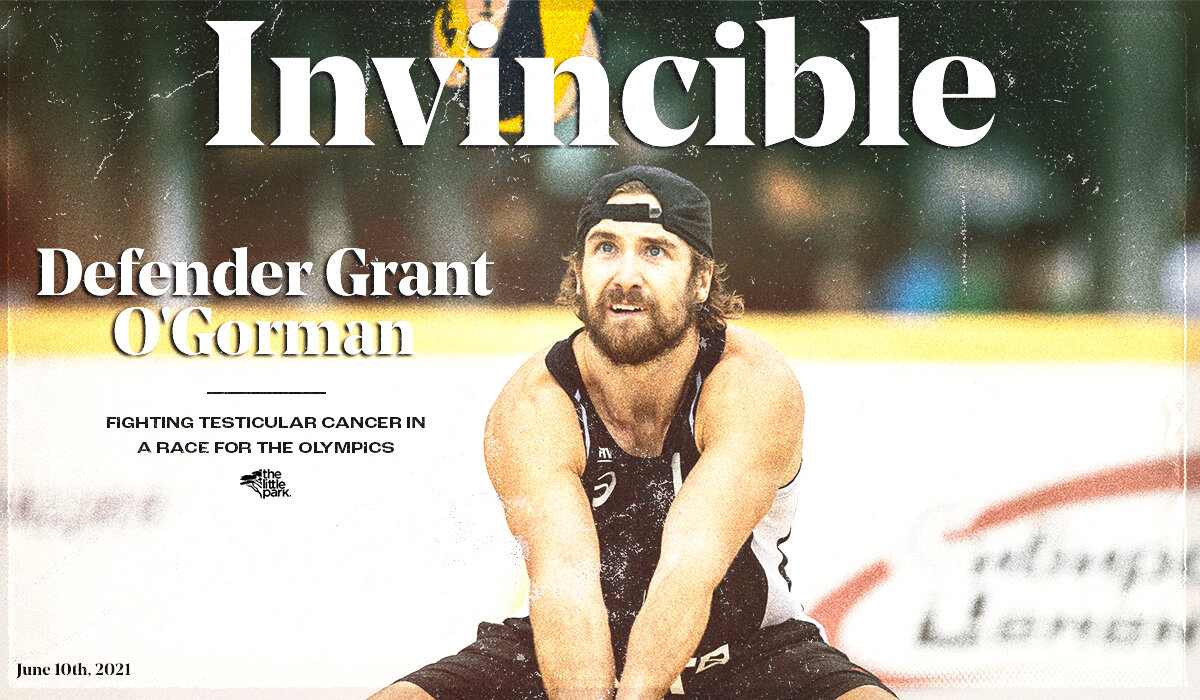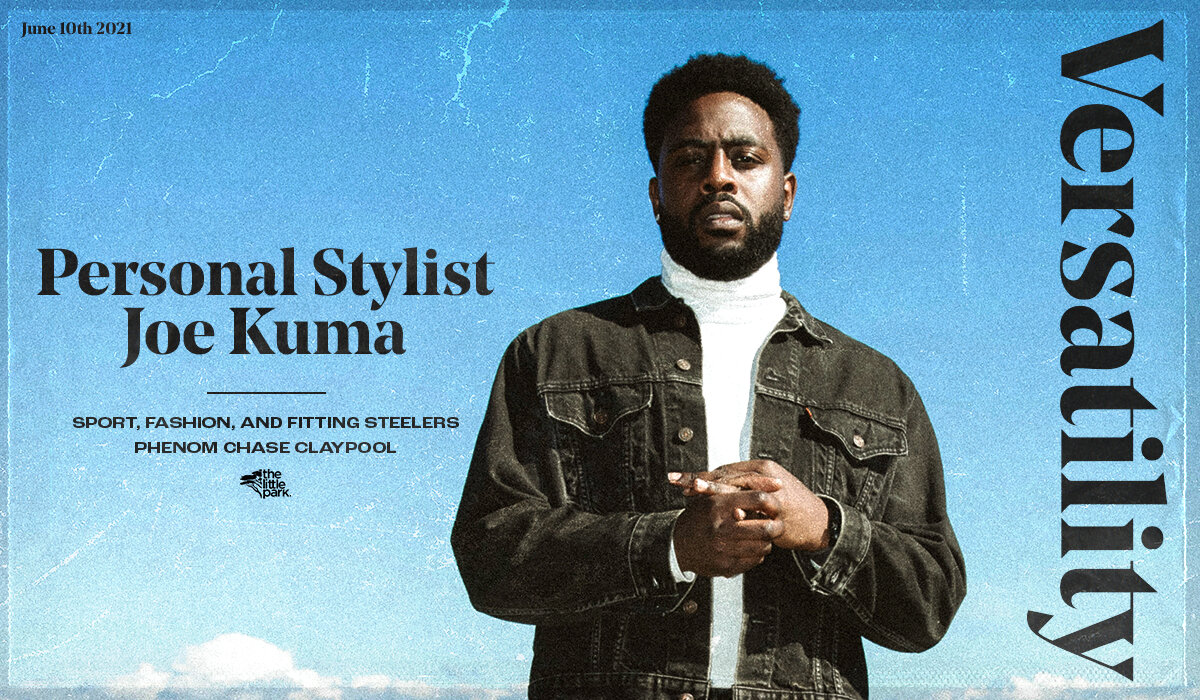Lebron James, a photo and alleged copyright infringement.
Nobody should be searching on the web for images or video to post on their social media accounts, especially celebrities and professional athletes. Doing so immediately raises the possibility of potential liability or, at least, the potential of having to spend resources defending oneself in litigation even if the complainant does not have a strong case.
LeBron James is the most recent major athlete to be sued for copyright infringement. On March 17th, 2020, copyright attorney Richard Liebowitz filed a federal complaint in the U.S. District Court for the Southern District of New York on behalf of his client, photographer Steven Mitchell. Mitchell is suing James for copyright infringement in posting an unlicensed photo without Mitchell’s permission.
The photo in question was taken by Mitchell during the December 13th, 2019, matchup between the Miami Heat and the Los Angeles Lakers. On December 14th, 2019, James or his team posted cropped versions of the photograph on his social media platforms for millions to see. Each post has generated significant amounts of “likes”, “comments”, “shares”, amongst other interactions on social media. As of the end of March 2020, the photos are still posted on James’ social media.
Mitchell, a veteran photojournalist in the sports world, is in the business of licensing his photographs to online and print media for a fee. As such, athletes and celebrities using his photos without his consent quickly infringes on his rights associated with his photograph(s).
The manner in which James used and promoted the cropped photo is the main subject of the copyright infringement lawsuit. James is named as a defendant in the complaint mentioned above along with two of his companies, Uninterrupted Digital Ventures and LRMR Ventures, both of which, Mitchell asserts, operates James’ Facebook page.
According to Sports Illustrated Legal Analyst, Michael McCann, the defendants are accused of infringing Mitchell’s copyright by reproducing and publicly displaying the photograph without the photographer’s consent. Interestingly, Mitchell demanded a jury trial to assess whether Section 501 of the federal Copyright Act was violated. Mitchell seeks damages that would reflect income, benefits, profits and other benefits derived by the defendant’s or, in the alternative, damages of up to $150,000 per infringement.
While James is highly featured in Mitchell’s photo, it did not give him the right or consent to publish said photo wherever he like. Mitchell owns the photo and James needs permission to use the same for his own purposes. Absent a contractual relationship instructing otherwise, Mitchell owns copyrights to his creative works, including the photo in-question.
McCann highlights in his explanation that Mitchell has the right to control the reproduction of his photos, including their publications on social media websites. Like any copyright owner, Mitchell gets to decide whether to license his photos or not. If he does, he has the power to determine the financial compensation for the same.
Some might wonder whether the fact that the photo was taken of James during an NBA game might make a difference, the answer is probably not. Mitchell, a credentialed photojournalist by the NBA, has explicit permission to take photos during NBA games so long as those photos are for news coverage of the games. While true, those interfering with Mitchell’s copyright of the same photos would subject them to potential copyright infringement lawsuits.
Interestingly, according to McCann, Mitchell went a step further to protect his copyright when he registered the photograph with the U.S. Copyright office. A copyright owner does not need to register their creative work in order to secure copyright in that work as copyright exists from the moment the work is created and fixed in tangible form. However, by registering the copyright, Mitchell adds an extra layer of protection on the work.
Why you ask? According to McCann, by registering the copyright, you include official notice of ownership in the public record, thus an infringer cannot claim to have not known. You also add the protections of having the ability to sue for infringement and, in some cases, obtaining more lofty compensation in monetary damages if successful in your lawsuit.
While the above is true, it is likely that Mitchell only registered the copyright after the alleged infringing act occurred on December 14th, 2019. That said, Mitchell will certainly argue that James still has yet to remove the photos from his social media posts and their usage of the cropped infringing photo even though the lawsuit has been filed and the copyright was registered. Whether that will be persuasive will be up to Judge Ronnie Abrams, former federal prosecutor and adjunct professor at Columbia Law School.
James’ camp might feel that James is clearly the focus of Mitchell’s photo, thus he must have some strength in his defence. Unfortunately, this fact does not matter when it comes to ownership of the photo, which clearly belongs to Mitchell.
James’ camp will also likely argue that he holds a “right of publicity” that encompasses his image in any photo. The rules surrounding rights to publicity vary by state, but James will likely advance this argument in some form. According to McCann, in doing so, James will have to ensure that First Amendment arguments do not limit the application of his right of publicity argument.
The right of publicity generally protects one’s name, image, likeness and associated identifying traits from unauthorized commercial use. This would be used by James or anyone else to sue infringers for misappropriating his right of publicity.
This right is also the topic of focus in the ongoing legal and legislative battles over college athletes’ names, images and likeness. There is no federal right of publicity, but advocates for NCAA athletes are demanding one. As you likely know, James and the co-defendants in this litigation also find themselves entrenched in the battle for this federal right.
Another noteworthy example of litigation of rights of publicity is presently taking place between the National Football League’s Most Valuable Player in 2019, Lamar Jackson. The Baltimore Ravens’ Quarterback filed a federal court Complaint against Amazon, alleging that the e-commerce platform has deliberately used Jackson’s name, image and likeness to advertise and endorse unlicensed and infringing goods. Amazon was allegedly advertising, marketing, promoting and selling clothing using names and slogans that the public would associate with Jackson.
Another potential argument that James’ team will use is the “fair use” defence. James will likely argue that while Mitchell is the owner of the original photo, James’ publication of a “cropped” version was permissible under the rules surrounding “fair use”. To do so, James will have to succeed in establishing that his use of the photo was intended for news reporting, teaching, criticism, comment or one of many other limited purposes under the law.
Section 107 of the U.S. Copyright Act establishes that Judge Adams will need to assess the “fair use” defense by balancing four factors under the provision.
James’ lawyer could likely argue several things under the above provision and the four-factor test. He will likely focus on arguing that the post was news. Or, that the original photo was not imaginative or unique. James could also argue that the photo is clearly altered from the original work, and that the alterations are enough for it not to infringe. His main stance will be that the purpose and character of his use was non-commercial, and that it was for commentary and newsworthy purposes, while having no negative effect on the potential market value of the copyrighted work.
Mitchell’s likely rebuttals to James’ defense would likely center around the commercial aspects of James’ brand and his posting these photos. As you know, James has a multitude of business ventures, sponsorship deals and other methods of acquiring income off his brand. Mitchell will argue that this photo impacts those things, and that he is benefitting illegally from the same.
Mitchell will also argue to the quality of creativity of the photo and they will severely undermine the argument that James’ post was cropped or edited sufficiently.
Finally, James will likely argue that his actions had little to no effect on Mitchell’s market for the photo because he could still license it. Meanwhile, Mitchell will likely argue that James’ post severely diminished the value of the original photo because of its post, the shares that transpired, and the dilution of the quality of the same.
As a potentially underlying benefit to Mitchell, James still has not taken down the photo, thus allowing “shares” and other actions to arguably continually diminish the value of the photo, thus increasing potential settlement or damages.
For more details on the potential arguments and facts that could be advanced, I would recommend reading Michael McCann’s article on this situation on Sports Illustrated.
As a final note, it is likely that if a settlement is reached, it would encompass a scenario where James licenses the photo from Mitchell. For now, though, litigation is at a stand-still due to the COVID-19 pandemic.
An interesting point on this topic was recently brought forward by Florida Sports Lawyer Darren Heitner of HEITNER LEGAL, P.L.L.C. Heitner raised the underlying major issue for athletes and celebrities who are fond of sharing content on their various social media profiles on his website. In these situations, James and other athletes cannot capture their own acts on the basketball court. It would be impossible for him to carry a camera on-court and take these photos. Firstly, it is against NBA rules. Secondly, even if he did, he would not be able to take the photos or videos of himself while playing.
Because of this, James and other athletes rely on images and videos that they find online through simple searches or that which is sent to them by others. However, as should be clear above, obtaining content this way does not establish a meaningful defence to copyright infringement. The issue of professional athletes, fans, teams and others illegally using images is becoming a widespread issue. A solution would be for these individuals to hire content creators to create this content for them. Or, they could properly contact the creator to obtain proper use of the copyright before using. That said, this can be difficult in practice to determine who the creator of a work is at times. Creators can be difficult to contact, especially if they do not flaunt their contact information. Additionally, it would be very time consuming for the athlete to do the same which could cause the product to be out-of-date by the time this process goes through.
If one is hoping to obtain content in an expedited format, it might be best to hire a content creator take the photos and videos for you to avoid any liability such as that in this scenario. An example of this would be that of new Minnesota Timberwolves guard, D’Angelo Russell, and his content creator/visionary, Logan Linkemyer. To avoid this present litigation, James could have done the same and followed proper channels.
This article provides information of a general nature only. It does not provide legal advice nor can it or should it be relied upon. All legal situations are specific to their facts and will differ from the situations in the articles. If you have specific legal questions you should consult a lawyer.
-Kendal Steele
Lawyer, entrepreneur, and sports fan who focuses on trends in sports, business, law and entertainment.



